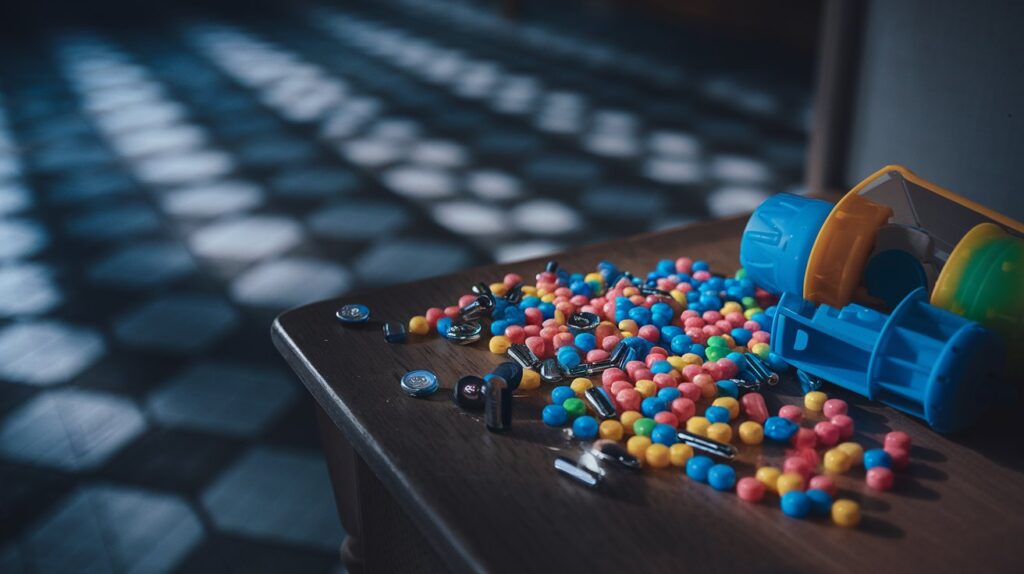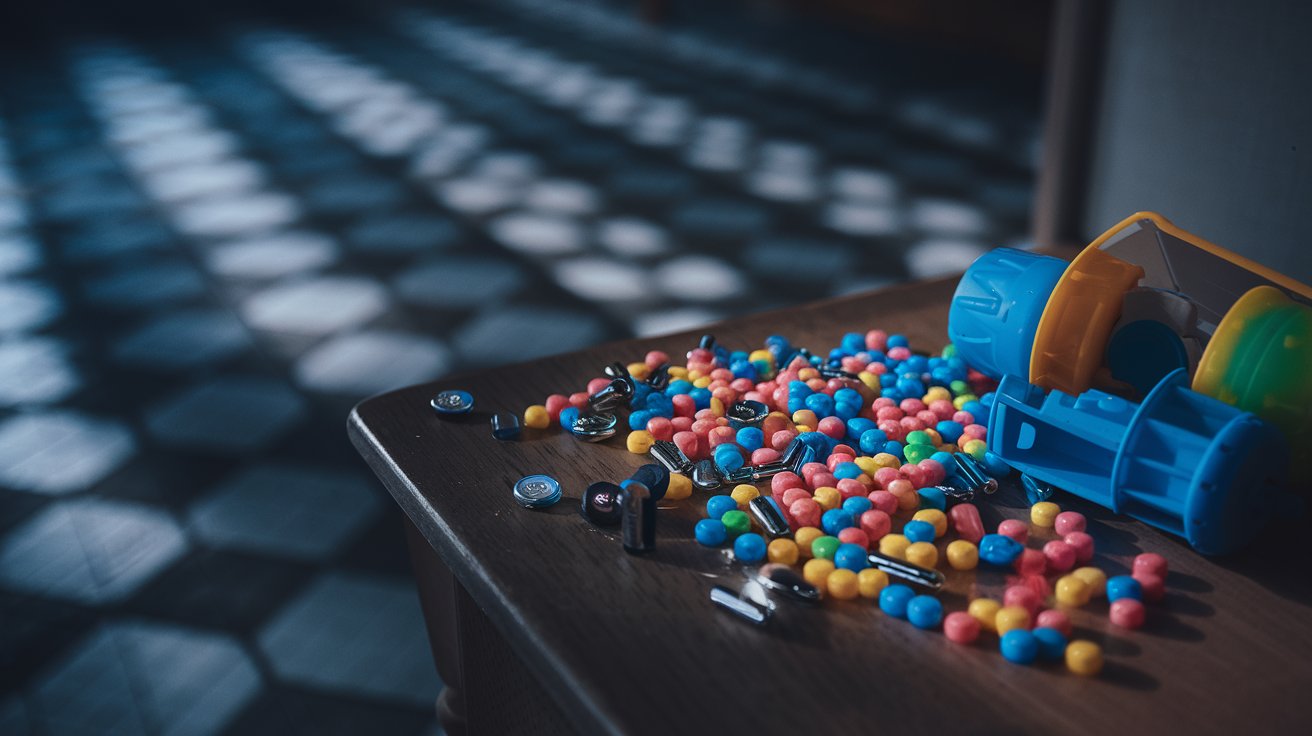From artisanal crepes to rebellious cheesecake waffles, Reading's breakfast rebels are transforming morning meals. These seven spots will revolutionize how you start your day.
Festive Toys Harbour Hidden Dangers, Doctors Warn
As Christmas approaches, emergency physicians are sounding the alarm on potentially lethal hazards lurking in children's toys. Water beads, coin batteries, button batteries, and magnets—seemingly innocuous components found in many popular gifts—pose a grave risk if swallowed by youngsters or vulnerable adults. These small objects can cause severe internal injuries or even prove fatal. With the holiday shopping season in full swing, parents and caregivers are urged to scrutinise toy labels and prioritise safety over novelty. This stark warning underscores the critical need for vigilance in an era where miniaturised technology increasingly finds its way into playthings.

Hidden Dangers in Festive Playthings
As the yuletide season approaches, emergency physicians across the United Kingdom are raising urgent concerns about potentially lethal hazards concealed within popular children's toys. The primary culprits identified are water beads, coin batteries, button batteries, and magnets—components that, while seemingly harmless, can pose grave risks if ingested by young children or vulnerable adults.
Water beads, often marketed as sensory toys, can expand significantly when swallowed, potentially causing intestinal blockages. Coin and button batteries, commonly found in electronic toys and greeting cards, can trigger severe chemical reactions if lodged in the oesophagus, leading to tissue damage within hours. Magnets, particularly high-powered neodymium varieties used in some construction sets, can cause life-threatening complications if multiple pieces are swallowed, as they may attract across intestinal walls.
Dr. Emily Thornton, a consultant in paediatric emergency medicine at Great Ormond Street Hospital, emphasised the severity of the situation: "We've seen a worrying increase in cases involving these small objects. Parents often underestimate how quickly a child can swallow something potentially dangerous."
The Royal Society for the Prevention of Accidents (RoSPA) reported that in 2023, there were over 40,000 toy-related accidents involving children under 15 in the UK. Of these, approximately 10% were related to ingestion of small parts or batteries.
Community Impact and Safety Measures
The stark warning from medical professionals has sent ripples through local communities, prompting urgent discussions about toy safety and parental vigilance. Many schools and nurseries across the country are now conducting toy safety workshops for parents and caregivers, focusing on identifying and mitigating potential hazards.
Local toy shops have reported a shift in consumer behaviour, with an increased demand for toys explicitly labelled as free from small parts or batteries. Sarah Jenkins, owner of Wonderland Toys in Bristol, noted: "We've seen a 30% rise in customers specifically asking about toy safety features this season. It's clear that the message is getting through."
The issue has also sparked debate about the responsibility of toy manufacturers and regulators. While stringent safety standards exist, some argue that they haven't kept pace with the miniaturisation of technology. MP Claire Simmons, chair of the All-Party Parliamentary Group on Children's Health, called for a review of current regulations: "We need to ensure our safety standards evolve as quickly as the toys themselves."
As the holiday shopping season reaches its peak, the message from health professionals is clear: vigilance is crucial. Parents and gift-givers are urged to carefully inspect toys, read labels thoroughly, and consider age-appropriateness when making purchases. This heightened awareness could mark a significant shift in how society approaches toy safety, potentially influencing manufacturing practices and regulatory frameworks in the years to come.
A Wake-Up Call for Toy Safety: Balancing Innovation and Caution
The festive season's stark warning about hidden dangers in children's toys serves as a sobering reminder of the evolving landscape of play in the 21st century. As technology shrinks and toy designs become increasingly sophisticated, the line between innovation and risk grows ever finer. This situation presents a critical juncture for the toy industry, regulators, and consumers alike.
The surge in safety concerns offers an opportunity for manufacturers to differentiate themselves through enhanced safety features and transparent labelling. Simultaneously, it challenges regulatory bodies to keep pace with rapid technological advancements, potentially spurring more agile and comprehensive safety standards.
For communities, this wake-up call could catalyse a shift towards more mindful consumption and heightened awareness of child safety beyond just playtime. It may also foster stronger connections between parents, educators, and health professionals in promoting child wellbeing.
As we navigate this new terrain of toy safety, we must ask ourselves: How can we preserve the magic and wonder of play while ensuring the utmost protection for our children? The answer may lie in a collective effort—one that demands vigilance from parents, innovation from manufacturers, and adaptability from regulators. What role will you play in reshaping the future of safe play?
